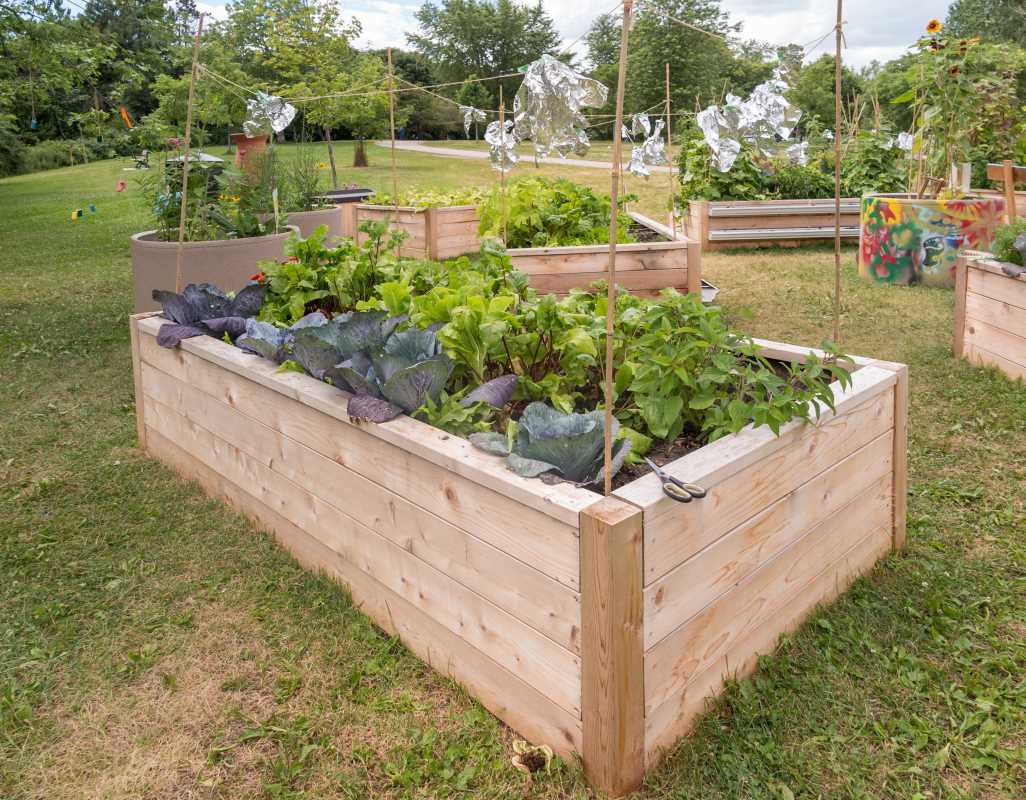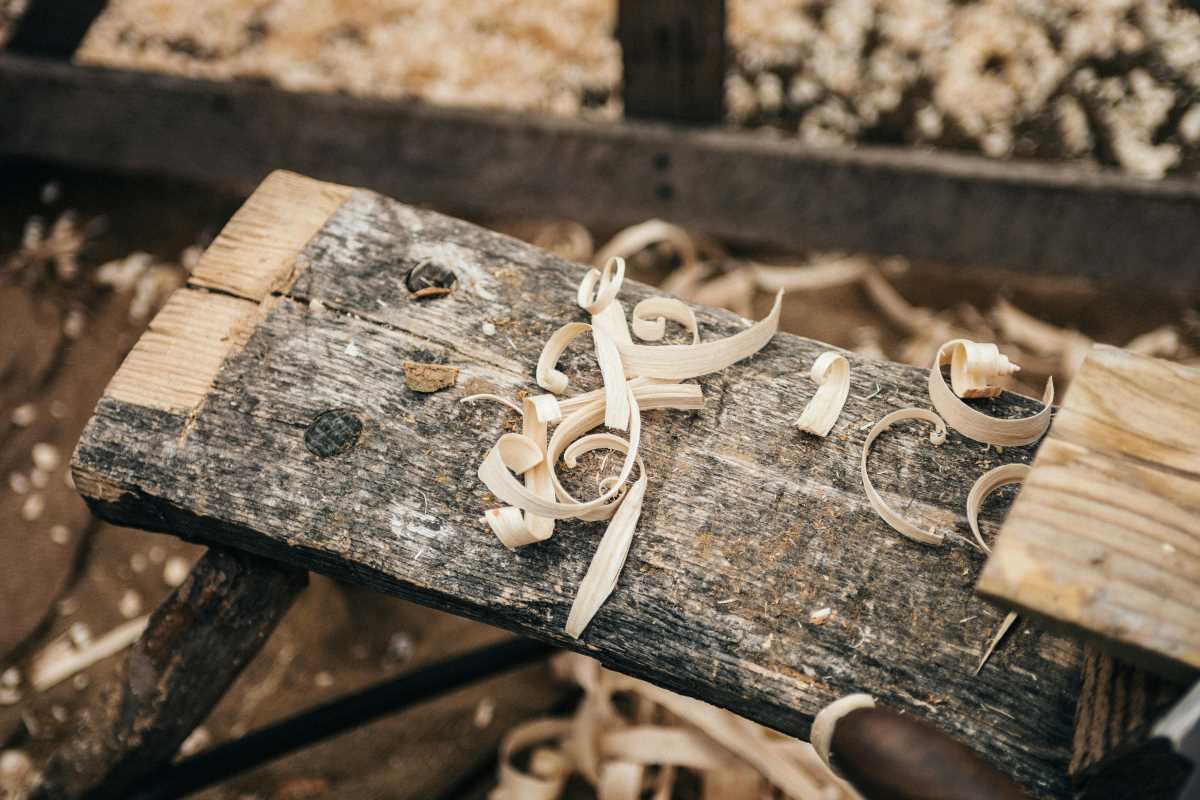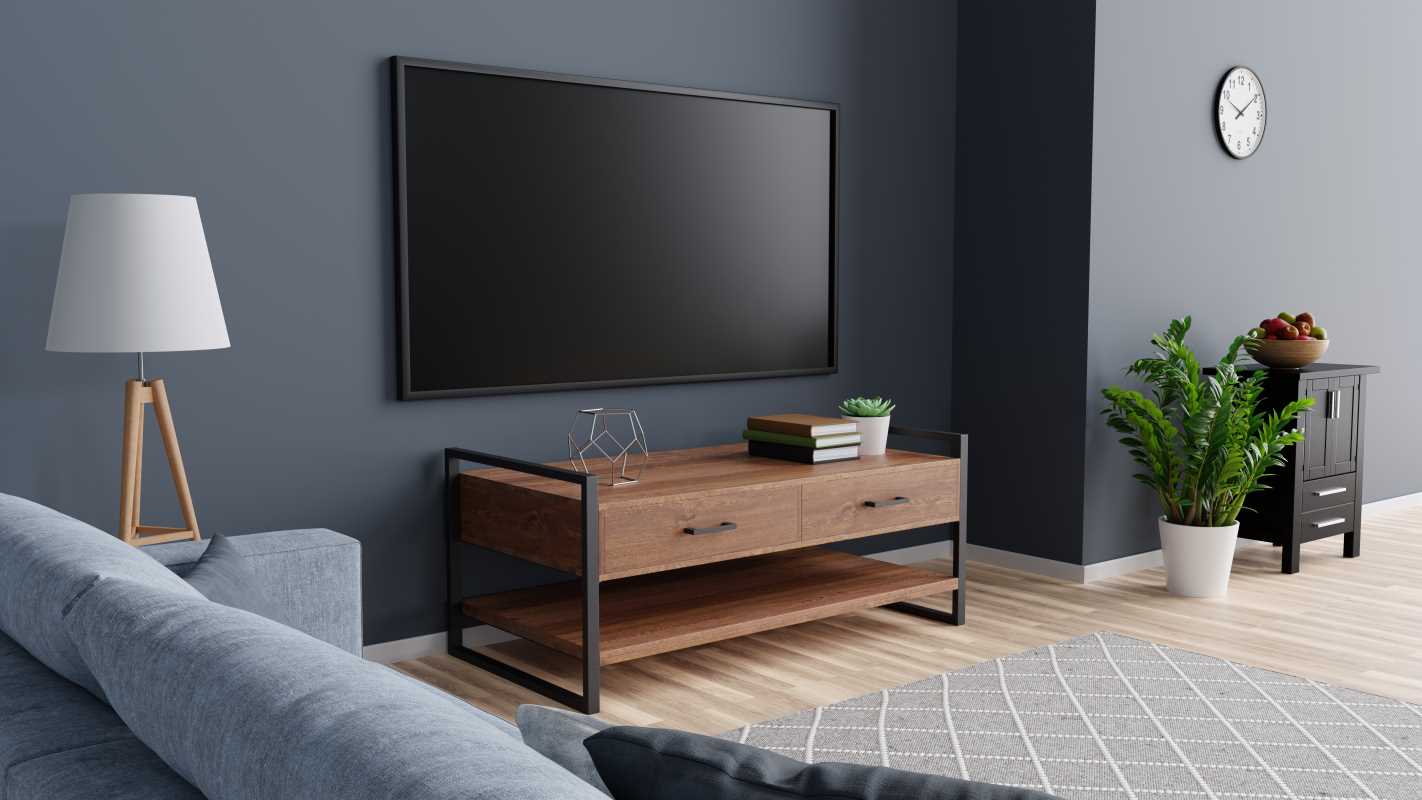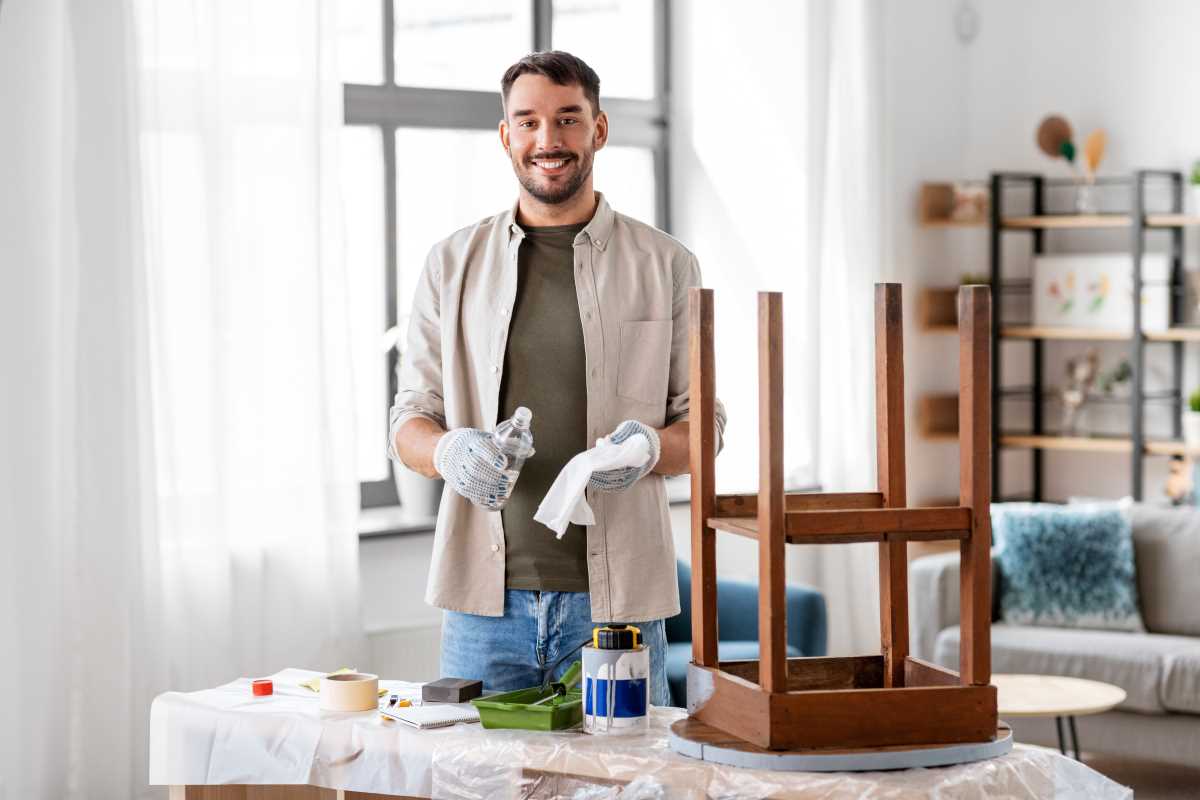Turning old circuit boards into something new brings excitement to any DIY project and helps cut down on electronic waste. Taking apart unused devices and reusing their components lets you explore different ways to create unique gadgets or decorations for your home. You might design a quirky lamp, build a custom clock, or craft eye-catching wall art from reclaimed parts. Each project tells a story, and the process encourages you to see the value in materials that would otherwise end up in a landfill. By working with recycled circuit boards, you combine creativity and sustainability in a way that feels both rewarding and enjoyable.
Diving into upcycling electronics lets you explore a world of inventive ideas that combine art and science. Whether you're a tinkerer or just looking for a unique way to reuse old devices, you can create practical items with a personal twist that add both style and function to your home.
Gathering and Preparing Salvaged Circuit Boards
Start by collecting old electronics that have reached the end of their life cycle. Check old computers, radios, and other outdated gadgets for circuit boards that you can reuse. With careful cleaning and preparation, these boards transform into the perfect canvas for creative projects.
Follow a systematic approach to ensure each board is ready for its new life. Maintaining safety and quality during the cleaning process is vital, and the steps below will guide you through sourcing and prepping your materials:
- Scout for outdated electronics at thrift stores, yard sales, or recycling centers.
- Carefully remove circuit boards using basic tools like screwdrivers.
- Clean boards with a soft brush and a mixture of water and mild detergent.
- Let the boards dry completely before handling further.
- Inspect each board for damaged parts and trim any hazardous edges.
Essential Tools and Safety Tips
Before starting your DIY projects, gather a few essential tools to make the process smooth and enjoyable. Having the right tools on hand gives you confidence to work safely and effectively with electronic components.
Keep safety first by using the proper equipment and following guidelines. Check out the list of tools and safety practices below:
- Soldering Iron
- Wire Cutters
- Multimeter
- Protective Gloves
- Safety Glasses
- Ensure your workspace is well-ventilated and free of clutter
- Disconnect power sources before beginning any repairs or modifications
- Avoid direct contact with damaged electronic parts
10 Creative DIY Electronics Projects
Jump into a list of cool projects that turn salvaged circuit boards into useful and decorative items. Each idea comes with a brief description, materials list, and simple steps to help you start your creative journey.
Discover different possibilities with these ideas, which range from practical upgrades to artful displays that brighten up everyday spaces.
- Retro LED Clock: Convert an old circuit board into a working LED clock. Use salvaged LEDs, a battery pack, and a basic microcontroller. Strip a back panel for a neat placement and assemble the board into a stylish timepiece.
- Mini Bluetooth Speaker: Turn your circuit board into the core of a compact speaker system. You need a small amplifier, a Bluetooth module, and rechargeable batteries. Carefully rewire components for seamless sound output.
- USB Phone Charger: Reuse the circuit board to build a handy charger. Gather a USB port, voltage regulator, and connected wires. Solder carefully to create a safe and efficient charging station.
- LED Mood Lamp: Craft a lamp that glows softly with changing colors. Collect diffused light panels, color LEDs, and a microcontroller. Arrange components to enable easy control of patterns and brightness.
- Smart Eco Garden Monitor: Connect sensors with your circuit board to monitor your plants. Calibrate the sensors for accurate readings and display updates.
- Circuit Board Coasters: Make unique coasters by embedding small pieces of circuit boards into resin. You need resin, molds, and bits of a non-functional board. Press the circuit pieces into the resin to create a geek-chic table accessory.
- Personalized Key Finder: Attach a salvaged board with a small beeper and LED light. Include a battery and push button, then wire everything to make an audible locator. This gadget proves very useful for busy days.
- USB-Powered Desk Fan: Upgrade your workspace with a desk fan powered by recycled circuit components. Gather a small motor, USB cable, and fan blades. Assemble the parts for a refreshing breeze during long study sessions.
- Custom Digital Picture Frame: Use a salvaged circuit board to power a small digital frame. You'll need an LCD screen, storage for images, and a microcontroller to cycle through photos. Combine technology with art to display memories in a modern style.
- Interactive Circuit Art: Convert old boards into creative wall art that lights up. Collect various circuit pieces, LED strips, and simple sensors. Build a design that reacts to touch or sound, giving you a piece of art and a conversation starter.
Ways to Add a Personal Touch to Your Projects
Combine your artistic skills with technical knowledge to make each project uniquely yours. Think about adding colors, textures, or carved patterns on the circuit boards to match your style or home decor.
Try different finishes such as spray paints, decoupage, or natural wood accents. Experiment with decorative decals or custom graphics. Let your creativity flow while ensuring your modifications do not interfere with the board’s functionality.
Common Troubleshooting Tips
If you encounter problems, address them step by step. Common issues include soldering errors, misaligned components, and connectivity problems that you can fix with patience.
Keep these tips handy to smooth out your projects and maintain your creative momentum:
- Check connections if the circuit doesn’t turn on
- Inspect solder joints for cold or weak spots
- Ensure components are correctly placed according to your plan
- Test with a multimeter to find and isolate faulty areas
- Review wiring layouts if unexpected errors occur
Reusing your old electronics offers a fun and inventive way to work with technology and art. Turning salvaged circuit boards into useful gadgets not only reduces waste but also provides a rewarding hands-on experience.
Begin your DIY projects confidently, knowing each step sparks creativity and supports eco-friendly enjoyment.
 (Image via
(Image via





